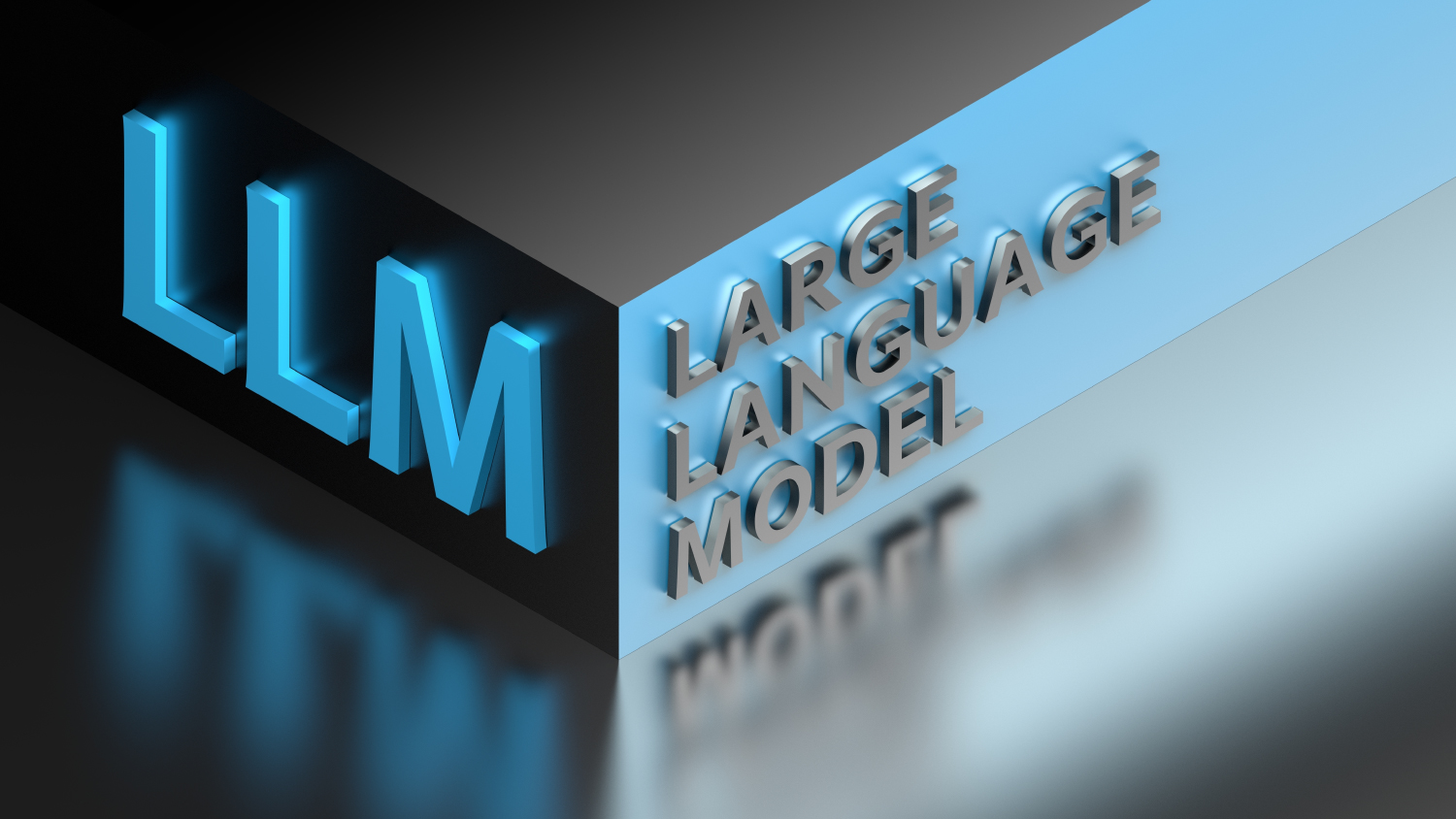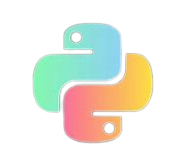Base Model
ChemGPT 早期基座模型基于 EleutherAI 的语言模型 GPT‑Neo,在分子字符串语料(SMILES 或 SELFIES)上进行自回归建模。
典型预训练数据集为公开的大规模分子库 PubChem10M,参数规模覆盖百万到十亿级别(如约 4.7M 的轻量版本或 100M+ 的科研版本)。
属于领域特化的 decoder-only 化学语言模型。
Training Method
- 对分子进行编码:对 SMILES/SELFIES/反应式进行 tokenization,构建化学“语言”词表(原子、键、环、分支、立体标记等均被离散化为 token)
- 预训练目标:自回归分子语言建模(Next-token prediction),最大化生成合法分子序列的对数似然。
调用方式
网页直接使用
https://www.chemgpt.app/
(我没有注册账号,直接问会显示网络繁忙)
### Huggingface 下载模型并调用
当前 HF Hub 上最常被引用的 ChemGPT 版本包括:
- 轻量模型:ChemGPT 4.7M (https://huggingface.co/ncfrey/ChemGPT-4.7M)
- 中型模型:ChemGPT 1.2B (https://huggingface.co/ncfrey/ChemGPT-1.2B)
模型推理(文本生成 Pipeline)
text-generation pipeline 适合生成式任务(包括化学问答、分子生成)。
1
2
3
4
5
6
7
8
9
10
11
12
13
14
15
16
17
18
| from transformers import pipeline
chem_pipe = pipeline(
"text-generation",
model="ncfrey/ChemGPT-1.2B",
device_map="auto"
)
prompt = "CCO>>"
result = chem_pipe(
prompt,
max_new_tokens=128,
temperature=0.7,
do_sample=True
)
print(result[0]["generated_text"])
|
模型推理(直接使用 model.generate)
当需要精细控制 token 级生成时,直接调用 generate API。
1
2
3
4
5
6
7
8
9
10
11
12
13
14
15
16
17
18
19
20
21
22
23
24
| from transformers import AutoModelForCausalLM, AutoTokenizer
import torch
model_name = "ncfrey/ChemGPT-1.2B"
tokenizer = AutoTokenizer.from_pretrained(model_name)
model = AutoModelForCausalLM.from_pretrained(model_name, torch_dtype=torch.bfloat16)
model.eval()
model.to("cuda" if torch.cuda.is_available() else "cpu")
prompt = "CCO>>"
inputs = tokenizer(prompt, return_tensors="pt").to(model.device)
with torch.no_grad():
output_ids = model.generate(
**inputs,
max_new_tokens=100,
do_sample=True,
temperature=0.6,
top_p=0.95
)
generated = tokenizer.decode(output_ids[0], skip_special_tokens=True)
print(generated)
|




